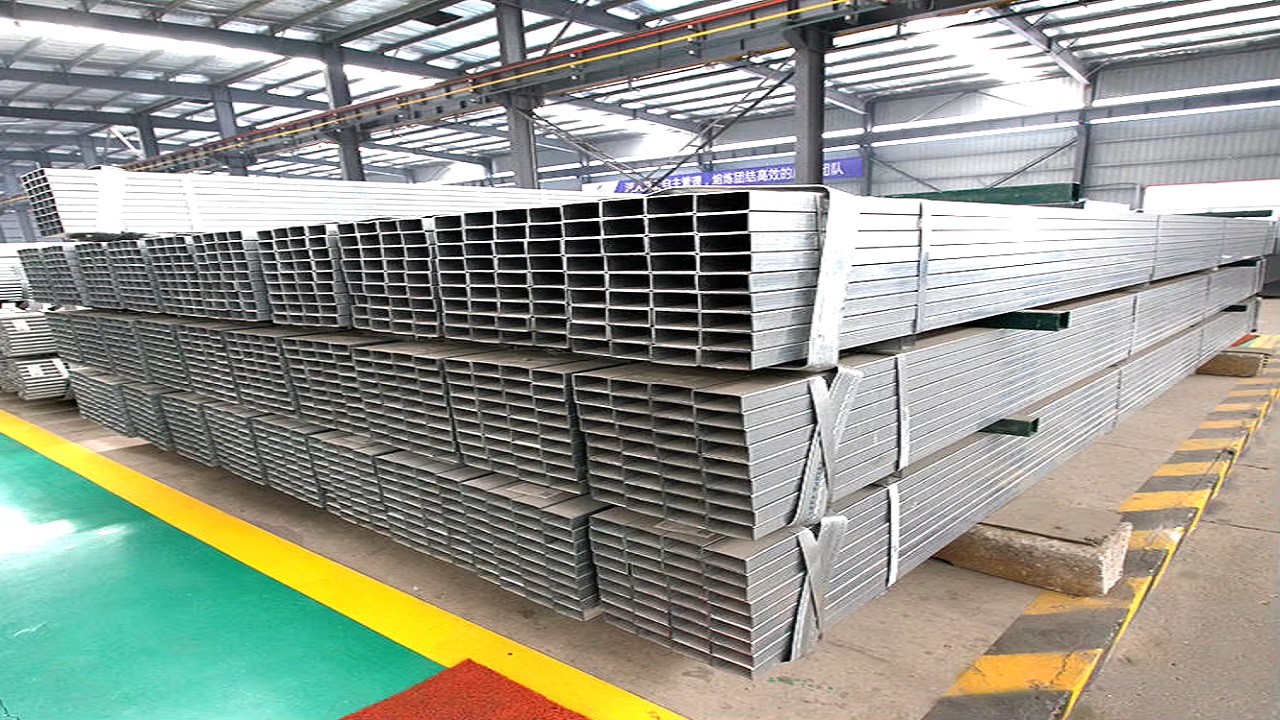People in the construction business must know specifications and standards, that regulating steel pipes is important when choosing pipes for specific applications. They must know that two specifications probably are the most often cited in the industry, namely ASTM A500 and ASTM A513. Although both materials are everywhere in structural and mechanical uses, some differences in their properties determine their relevance in different projects. The constructor may make the best choices for your pipe needs by knowing the key differences between ASTM A500 and A513 by the end of this article. What is the difference between grade A500 and A513? It is the most common question that people especially those working with steel pipes keep in their minds.
ASTM A500 and A513: An Introduction
Construction industry professionals should be aware that ASTM A500 is a standard that addresses seamless, cold-formed, welded carbon steel structural tubes in square, rectangular, and circular shapes. Its use is mostly related to the construction sector, where high-strength materials are required. Construction industry professionals prefer this kind. These pipes are utilized in the construction, automotive, and machinery industries and are designed for use in situations that call for improved mechanical qualities and tighter dimensional tolerances. STM A513 is the kind of steel pipe that is used in industrial processes.
Composition and Its Chemical Characteristics
A major dissimilarity is the fact that the microstructure of the composites in question may contain different chemicals. ASTM A500 steel is generally more carbonized than ASTM A513. The A500 grades usually contain carbon between 0.26% and 0.35% which makes it have high yield and tensile strength. However, A513 steel mostly has a lower carbon content ranging from 0.17% to 0.23% which increases the material's toughness and easiness to machine. Adding more carbon to steel alloys will result in increasing the tensile strength of the steel pipes. The variation in carbon content affects the mechanical properties of the two standards. For instance, the A500 and its variations offer higher hardness and tensile strength than the A513 and consequent variations and its members nevertheless, A513 is more flexible than the A500 and easier to manage in projects that require bindings.
Dimensional Tolerances
In terms of dimensional tolerance, it is well established that ASTM A500 has a less stringent tolerance than A513. A500 has higher tolerances therefore it can be used for general structural applications whose requirements do not warrant tight tolerance. However, ASTM A513 has closer tolerances to guarantee that the pipes will fit certain specifications for use in machinery and automotive industries. Both kinds have their specifications regarding dimensional tolerance. This aspect is very important in industries where the size must remain constant because non-standard dimensions may cause installation problems as well as inadequate structural strength of the fitting connection.
Mechanical Properties
Knowing the mechanical strength of a steel pipe for any purpose is a basic need of a person in the construction business. The mechanical properties of A500 and A513 are also optimized for their uses. For ASTM A500's structural tube product to be utilized in applications where the structure must support loads, it was built with a minimum yield strength of 50,000 psi. In construction, this high-yield strength is crucial for structural applications. However, the minimum yield strength required by ASTM A513 is 30,000 psi. While it is lower than A500, the A513 pipes provide great tensile strength and impact strength to be used in mechanical applications that demand high toughness under different stress levels.
Applications
Due to their differences in properties, ASTM A500 and A513 are used in different applications in different industries. A500 is mostly used in building construction, support, and frame applications that require high strength. It is used in columns, beams, and bridges of buildings and other structures. On the other hand, ASTM A513 is commonly applied in the production of mechanical structures including auto components, machine structures, and precision pipes. It has closer thickness and improved flexibility and therefore is suitable for use in applications that require complex shapes and dimensions.
Conclusion
All in all, ASTM A500 and A513 are critical standards in the steel piping industry, but their variations in chemical makeup, dimension, mechanical, and application characteristics make them appropriate for diverse uses. So, when deciding between these two standards in their respective grades it is important to find out whether your application requires the high tensile strength of A500 for tubing applications or the precision thin wall tubing offered by A513. The information outlined above will be helpful to make the right choice of material so that your projects will be successful and safe. After getting all this information a person can make an informed decision and get the most out of their purchase.


